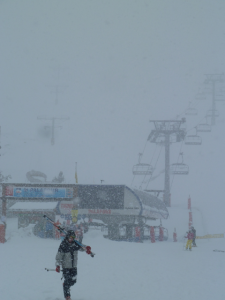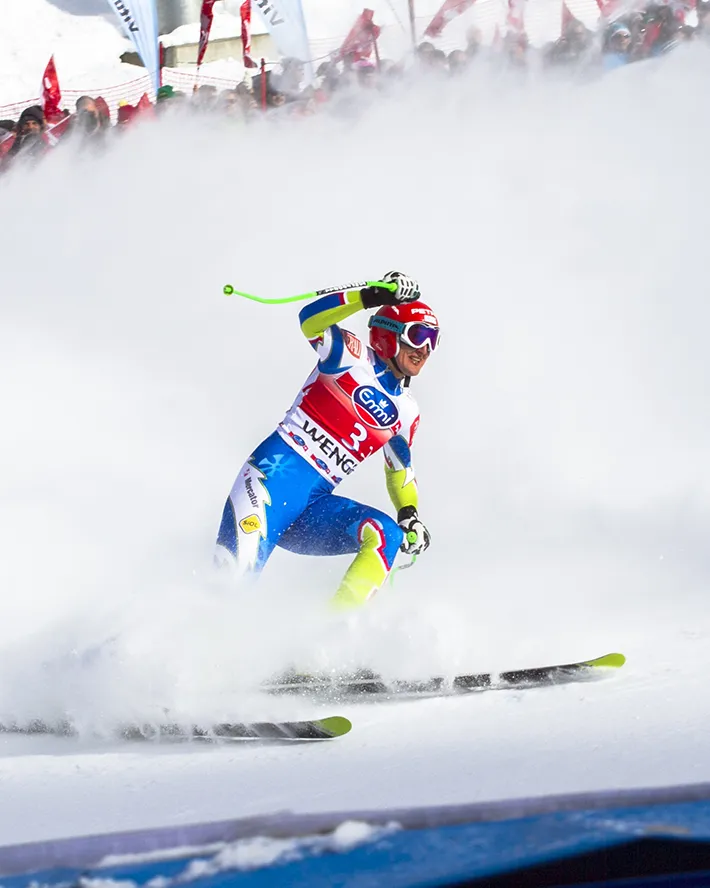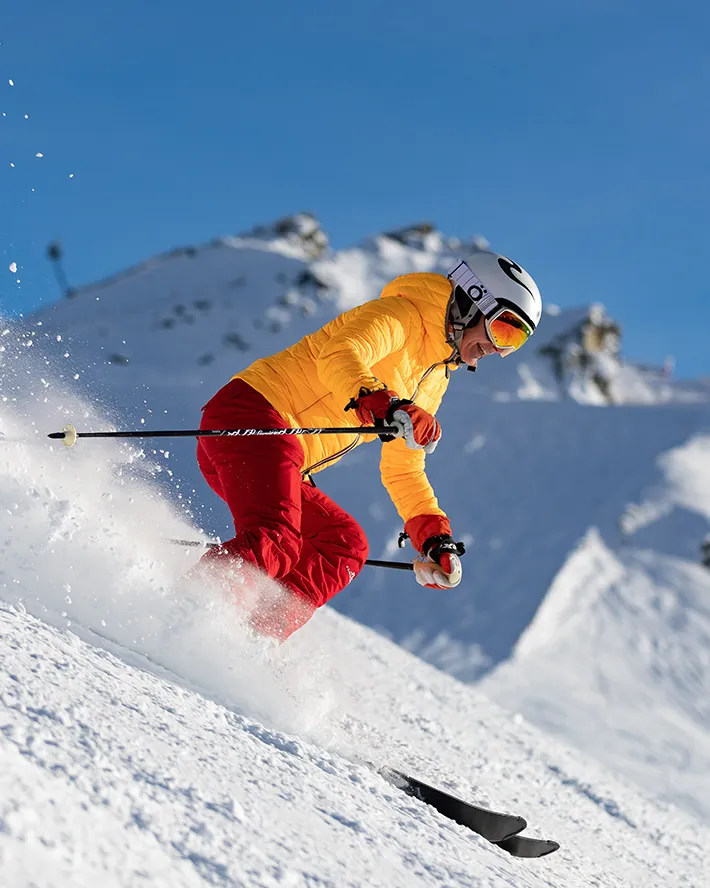Ski racing has a rich history dating back to the early 20th century, when the sport first began to gain popularity in Europe and North America. Over the years, many legendary ski racers have emerged, pushing the boundaries of what was thought to be possible and leaving a lasting impact on the sport. In this blog post, we will take a look at some of the pioneers who changed the game and helped shape the sport of ski racing into what it is today.
Tips on spring skiing
So another ski season is winding down towards its end, but I found time recently for a week of late skiing in Tignes with the family. I haven't been skiing during spring-time for a few years, and the trip reminded me how much I enjoy spring skiing- warmer temperatures, usually a bit of sunshine, longer days and generally quieter slopes.
In fact, it was so good it got me to thinking about why more people don't go skiing in the late season. We were there in the second week of Easter, overlapping the Easter weekend and during school holiday time, and yet I didn't stand in a lift queue the whole week. On the Saturday (traditional change over day for most 1 week holidays) we were often skiing on slopes that were virtually empty. All that and, important if you're taking kids, it's much cheaper than the February half-term.
I think the problem might be that there's a knack to getting the most out of skiing in the spring. Generally what happens is that during the warm daylight hours the top layer of snow melts, but overnight the clear skies don't hold in much heat and so there's a strong re-freeze. Translating this to skiing, what that means is that first thing in the morning the snow is hardpacked (ok, sometimes icy), then gradually softens as the day progresses. For a period during this process the snow is absolutely gorgeous to ski on- it hits the sweetspot between not too hard and not too slushy. The trick to enjoyable spring skiing is to spend as much time as possible on slopes that are at the sweet spot, and the key to this is the aspect of the slope. In the morning hit the sunny south and east facing slopes, which will thaw quickly and first, and avoid the shady north and west slopes. Then after lunch move round to the north facing slopes, which should just be about perfect.
Tracking the sun like this really makes a vast difference to your enjoyment, as you're reminded by the times that you get it wrong. For those of you who know Tignes, we skied Trolles, the shady black run that leads from Toviere to Tignes Le Lac, at noon one day thinking that it would be good. Instead it was a tough, icy bowling alley, with human skittles flying past us. Two hours later and the snow had transformed to become grippy, soft and lovely.
This same freeze thaw process has implications for off-piste skiing and avalanche risk too. In general terms, on a sunny morning after a hard spring freeze the avalanche risk generally begins low, but gradually rises as the snow melts. We saw this during our week in Tignes, when the avalanche risk rose from 1 in the mornings to 2 in the afternoon. Aside from the avalanche risk, the other point to make is that it can be considered bad etiquette to ski off-piste on a slope after the snow on it has become too soft. Those big tracks you leave behing will re-freeze into massive ruts the next morning!
Finally, bear in mind that you can also get lucky with the snow-gods in April- for example, in Tignes April snowfall is similar to that in the winter months. You might get a scene like we did near the end of our holiday:

Waking up to a foot of fresh and plenty of opportunity for fresh tracks was a nice way to finish my last day of snow skiing for this season. Now for the summer dry slope race season!
Evan


